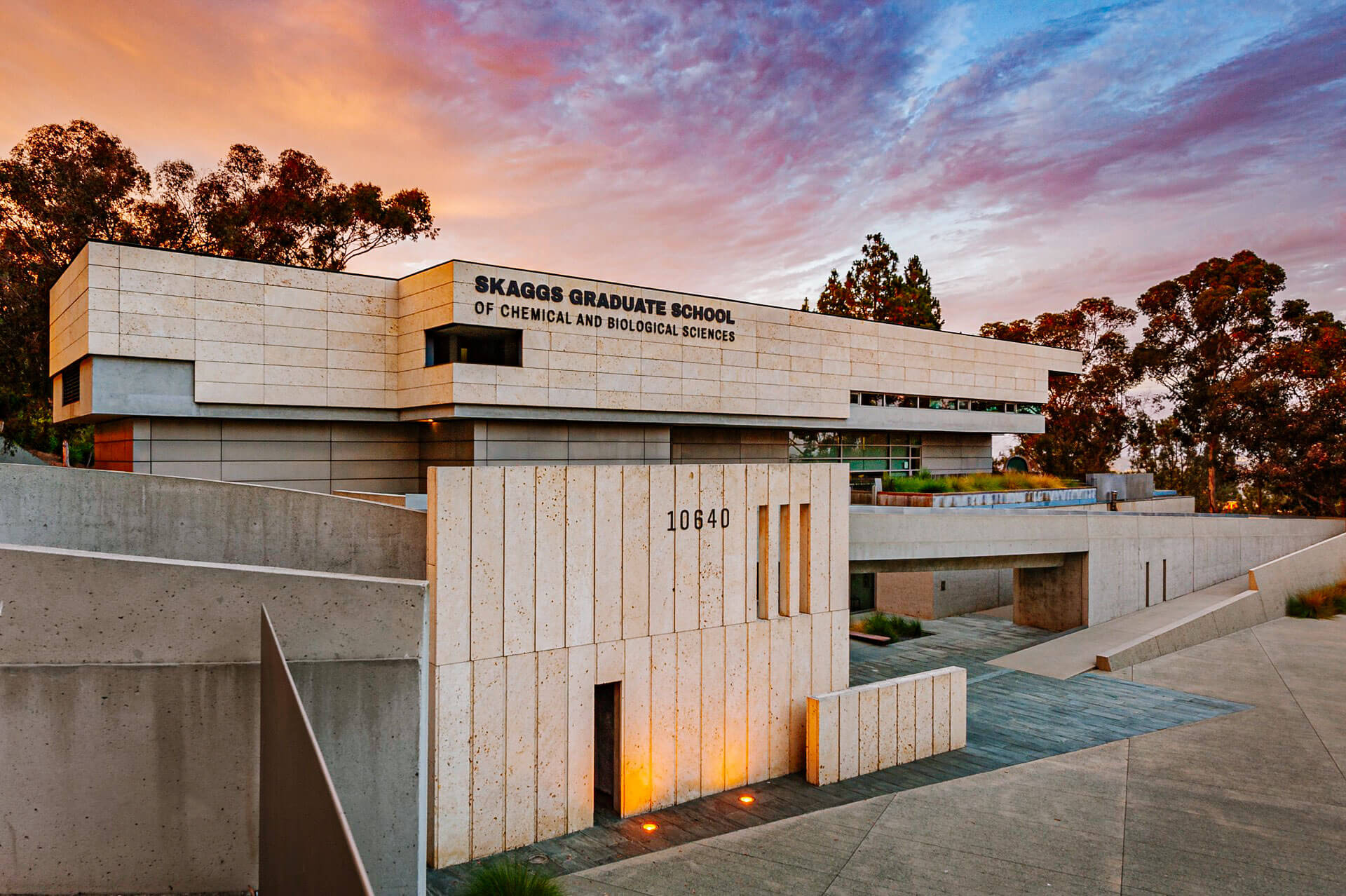Our Research
Nature is molecular. Organisms comprise and produce collections of molecules unparalleled in number and diversity. These natural products, most often secondary metabolites, form the foundation of both Western and Eastern medicine – aspirin, morphine and penicillin; artemisinin (qinghaosu), ephedrine (má huáng) and other components of herbal remedies.
Nature is not very organized, at least not for drug development. Molecules with promising therapeutic profiles can be buried among millions of more abundant cellular products. Or, if abundant and easily purified, these molecules can be inconveniently complex to subject to a rational medicinal chemistry campaign.
Our laboratory invents chemistry to assemble simple chemical feedstocks into secondary metabolites that present interesting biological questions or hold therapeutic potential. We can turn industrial waste into medicine using chemistry.

Neuroscience
Intersection with neuroscience in our group involves optimization of natural products against opioid receptors, ligand-gated ion channels and other targets using total synthesis and the powerful tools of modern chemistry.
CASP
Computer-aided synthesis planning (CASP) in our group has included high-level DFT, multivariate regression analysis, and in silico docking. These techniques advance our ideas of dynamic retrosynthetic analysis, in which a target is modified to improve function and route design.
Hydrogen Atom Transfer
We connected the Mukaiyama hydration and its variants to Halpern’s radical cage pair mechanism. An array of new reactions ensued, including hydrogenation, isomerization and a suite of cross-couplings.

